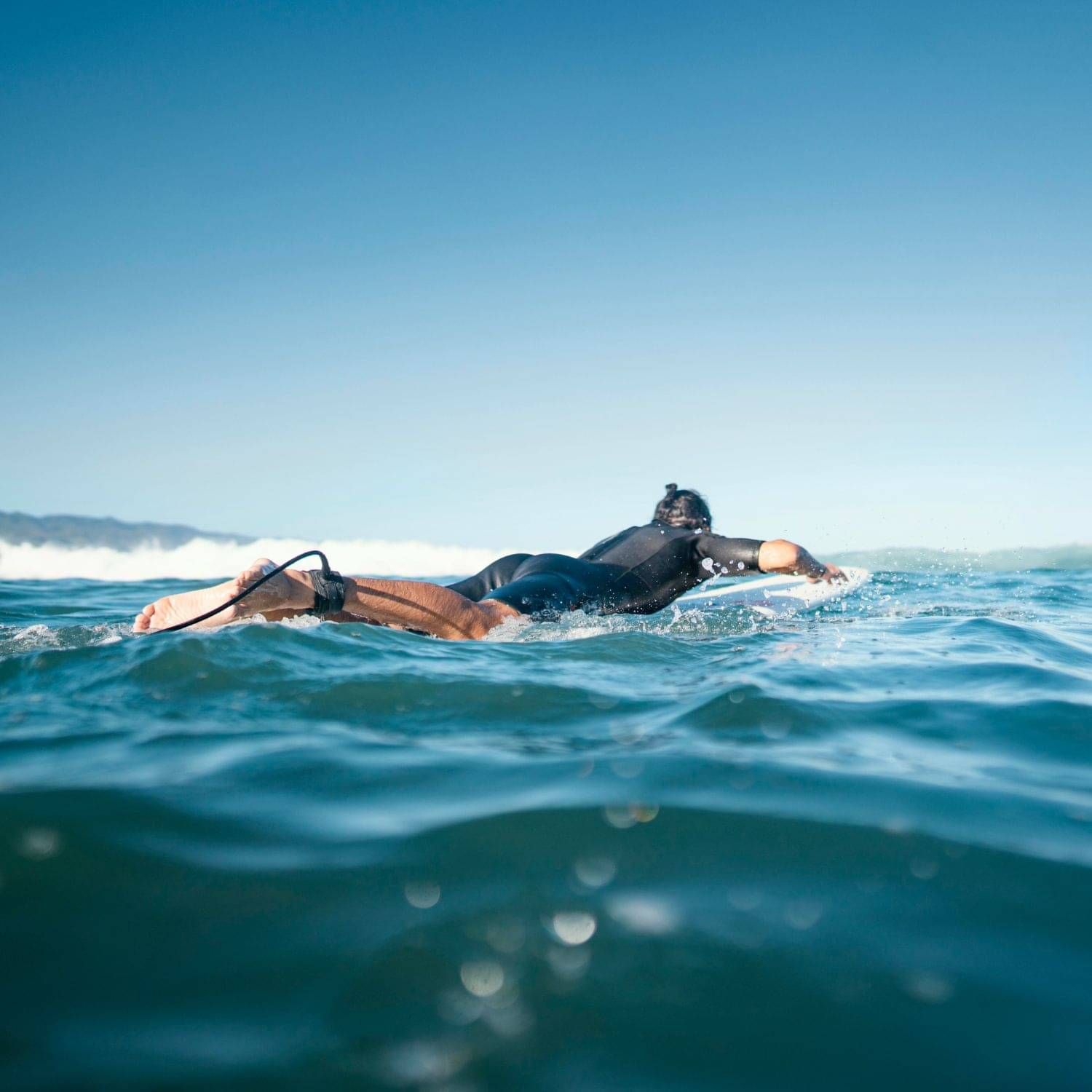Endoscopic Ear & Otology
Exostoses (Surfer’s Ear)
Exostoses (singular: exostosis), also known as external auditory canal exostoses or surfer's ear, are abnormal bony growths that develop in the external auditory canal, stimulated by cold water. The presence of exostoses can create pockets where water and debris may collect, increasing the risk of recurrent ear infections.
The primary cause of exostoses is exposure to cold water and wind, particularly in activities such as surfing, swimming, diving, and other water sports. Prolonged exposure to cold water can lead to repeated irritation and inflammation of the ear canal, triggering the growth of these bony nodules.
Those affected with surfer’s ear experience impaired hearing (over a period of time since the growth can partially block the ear canal, causing a gradual decrease in hearing ability. The hearing loss associated with this problem is called a conductive hearing loss. Depending on their size and number, the obstruction may lead to a sensation of fullness or discomfort in the ear.

Diagnosis & Treatment
A healthcare provider can usually diagnose exostoses through a physical examination of the ear canal using an otoscope. In some cases, imaging studies such as CT scans may be performed to confirm the diagnosis and assess the size and location of the growth. Small exostoses that do not significantly affect hearing or cause symptoms may simply be monitored over time.
Regular cleaning of the ear canal to remove accumulated debris and prevent infections is recommended. But if exostoses cause persistent symptoms such as recurrent infections or significant hearing loss, surgical removal may be considered. The procedure, known as exostectomy or canaloplasty, involves carefully removing the bony growths while preserving the surrounding structures of the ear canal. This one-to-three-hour day case procedure is predominantly done using an endoscopic approach with a Piezo precision drill causing less collateral damage and allowing better bone and soft tissue healing.
Prevention
Preventative measures include wearing earplugs or specially designed ear molds, during activities that involve prolonged exposure to cold water and wind, can help prevent the development of exostoses. Practising good ear hygiene, such as drying the ears thoroughly after swimming or showering, and avoiding excessive cleaning with cotton swabs, can also reduce the risk of irritation and inflammation in the ear canal.